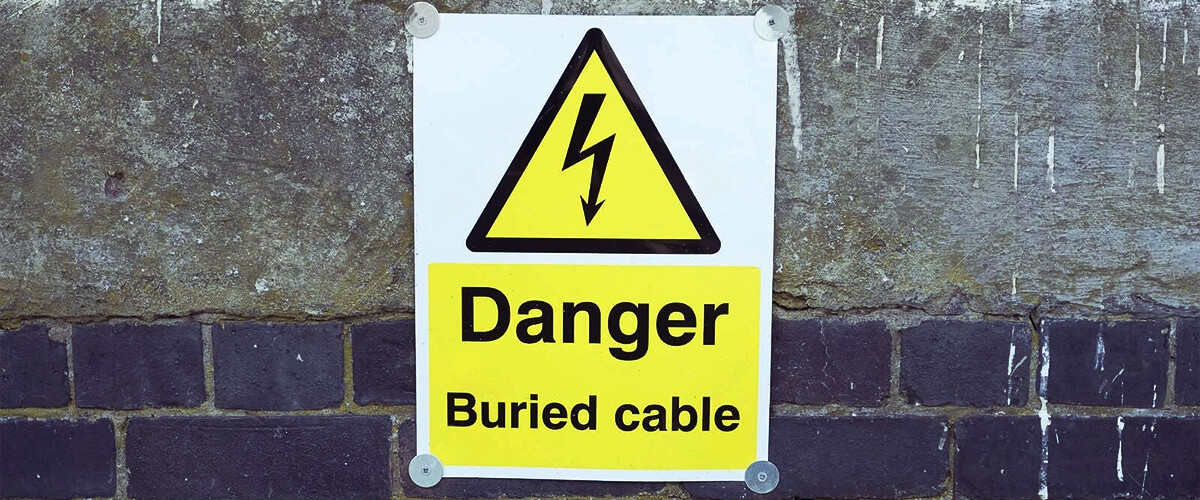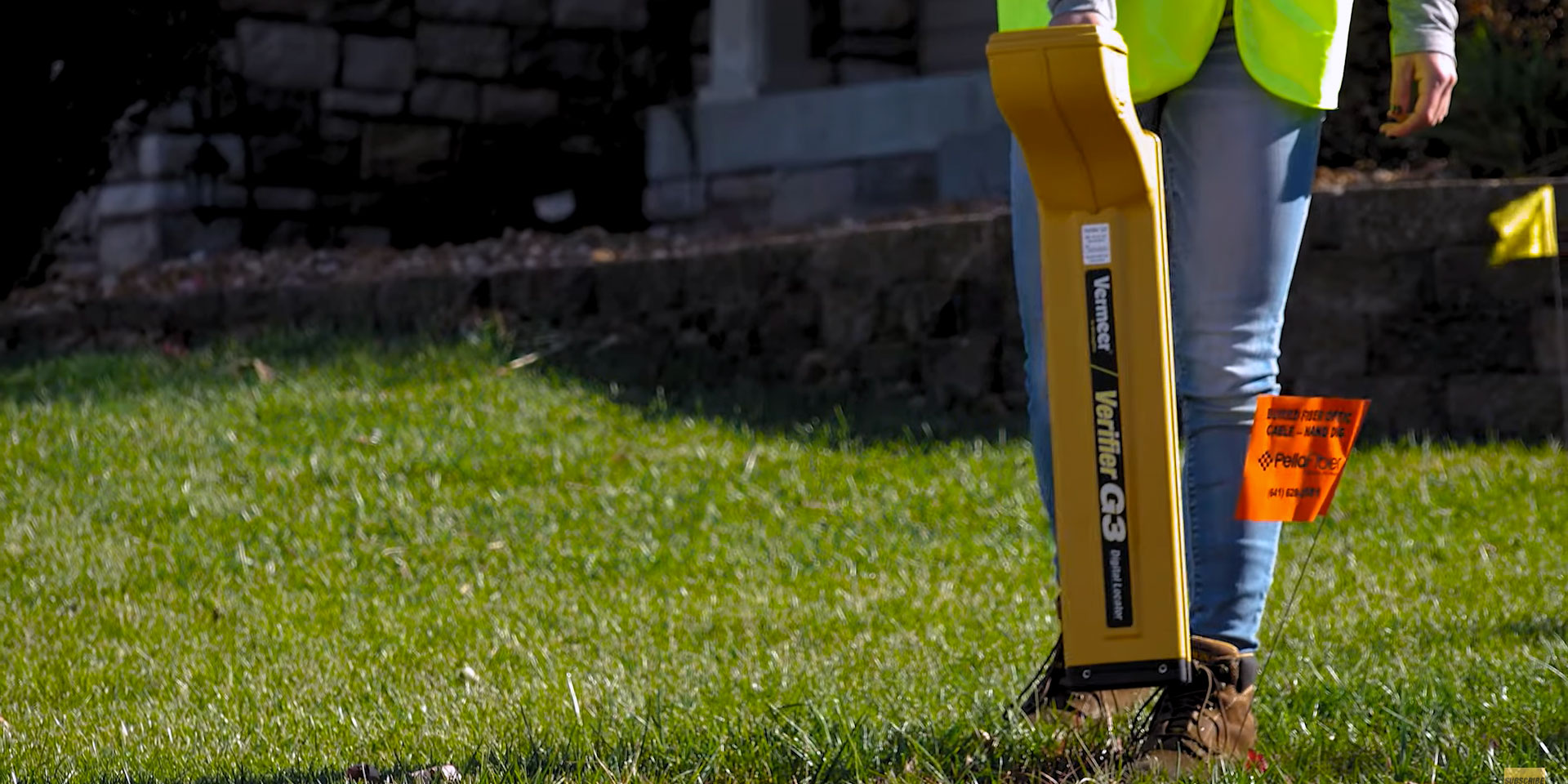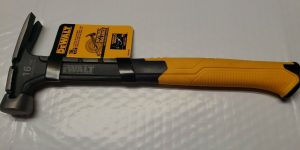Delving into the ground without prior knowledge can be risky. Uncovering buried cables is not just a mere precaution but a necessary step in ensuring safety and preventing potential damages. Recognizing the importance of detecting buried electrical wires before commencing any excavation project is critical for both homeowners and professionals. Ignoring this can lead to costly repairs, service disruptions, and even dangerous situations.
In this article, I will share the common things you should know in this subject area.
Common locations for buried electrical wires

I can claim that understanding where buried electrical wires are commonly located can be the first step in preventing accidental damage. Here are some typical places you might find them:
- Service lines to homes: These lines usually run from the main road or utility pole to the home’s electrical meter. In most residential areas, these lines are buried underground for aesthetic and safety reasons.
- Landscaping features: Electrical cables may be located near or beneath outdoor lighting fixtures, water fountains, or other landscape enhancements that require power.
- Driveways and entryways: For homes with gated entryways, the mechanisms might be powered by electricity, requiring buried cables.
- Outdoor buildings: Garages, sheds, or any detached structures that have power often have buried lines running from the main house.
- Gardens and yards: Sprinkler systems, garden lighting, or pond pumps might have associated buried electrical lines.
- Pool and spa areas: Pool lights, pumps, and heating systems all require electricity, leading to buried cables in these areas.
It’s important to remember that while these are common areas, buried cables can technically be anywhere. Always consult with utility companies or use cable-detecting tools before excavating any area.
Locating buried electrical wires: tools and techniques

As I said before, when undertaking any project that involves digging, knowing how to locate buried electrical wires is vital for safety and preventing unnecessary damage. Fortunately, there are specialized tools and techniques designed for this purpose. Here, we’ll explore two popular methods to find underground wires: using a metal detector and a cable locator.
Using a metal detector
How It works:
Metal detectors function by emitting an electromagnetic field. When this field encounters a metal object (such as electrical wires), it induces a current within the object. The detector then recognizes the re-radiated electromagnetic field from this object, indicating its presence. These devices are often employed to locate wires in the ground.
How to find wires:
- Activate the metal detector and adjust its sensitivity settings. It might be helpful to refer to the device’s manual for specific guidelines.
- Sweep the detector methodically over the ground, moving at a steady pace.
- When the detector signals (usually with a beep or a visual cue), mark the spot using a non-metallic marker or flag.
- Continue this process to determine the likely path of the wire.
Settings to use:
Choose settings that target larger metal objects to minimize the detection of small metal debris. Some detectors even offer dedicated settings for finding electrical wires.
Using a cable locator
How It works:
Cable locators generally have a transmitter and a receiver. The transmitter dispatches a signal through the wire, and the receiver picks up this signal, enabling the user to trace the power lines underground.
How to find wires:
- Link the transmitter to the starting point of the wire if it’s accessible. If not, generate a signal.
- Turn on the receiver and tweak its sensitivity.
- Walk methodically over the suspected area, tracking the strongest signal displayed on the receiver.
- As you identify the cable’s trajectory, mark its path.
Settings to use:
Many cable locators provide a range of frequencies. Higher frequencies are typically better for long, deep wires, while lower frequencies might suit shorter, shallower cables.
To conclude, both tools have their strengths, so it’s important to select the one that aligns with the specific requirements and intricacies of the task at hand. If ever uncertain, it’s always wise to consult with a professional.
Safety precautions when working near buried electrical wires

Ensuring safety when attempting to locate underground wires or working near them is paramount. An unexpected encounter with these cables, especially when trying to find buried electric lines, can lead to severe injuries or fatalities from electric shocks. To maintain a safe environment:
- Always use detection tools: Before any excavation, utilize tools like metal detectors or cable locators to identify buried cables.
- Call utility companies: Many regions have a “Call Before You Dig” service that provides information on the location of buried utilities.
- Maintain a safe distance: Once a cable is identified, maintain a buffer zone to avoid accidentally damaging it.
- Use insulated tools: If you must work near detected cables, use tools with insulated handles.
What to do if you encounter a buried cable?
If you accidentally unearth a cable, stop all work immediately. Avoid touching the cable. Notify the relevant utility company and wait for their guidance before proceeding.












